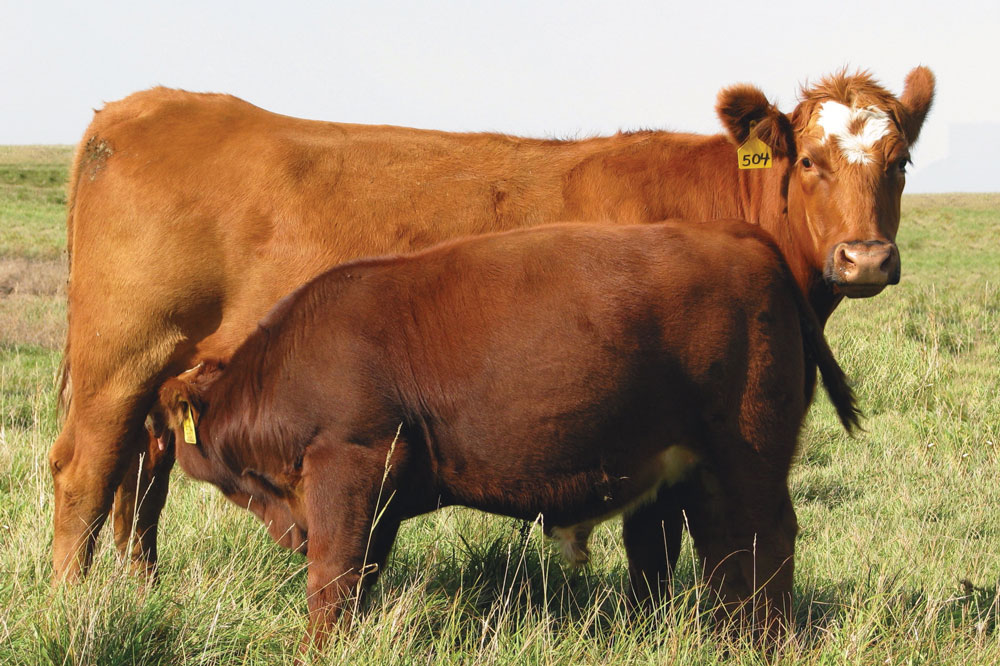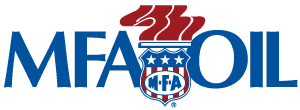
Targeting Optimum Cow Size
June 22, 2020
Written By Adam Buckallew
K-State beef cattle specialists discuss factors that influence the most efficient cow size
Genetics, feed resources and calf marketing windows are just some of the influencing factors that determine the optimum size for cows to grow, according to the Kansas State University Beef Cattle Institute’s team of experts.
Defining the optimum cow size was a discussion topic on the recent Cattle Chat podcast published by the Institute.
“That is a really difficult question to answer because for each operation, the optimum cow size will be slightly different,” said Bob Weaber, beef specialist with K-State Research and Extension.
To help answer that question, Weaber and veterinarian Bob Larson worked with former graduate student Dustin Ahearn to define what the ideal cow size should be.
“Our results showed that in eastern Kansas, a 1,300- to 1,400-pound cow was optimum in that she was able to produce a moderate to high level of milk in an environment where all her nutritional requirements were met,” Weaber said. “The next phase of the study will be to see what happens if the cow’s nutritional support is limited.”
“One good way for a cow-calf producer to gauge economic success is to determine how much beef can they produce per acre,” said KC Olson, a K-State range beef cattle nutrition expert who joined the recent podcast. He added that the average return for an extra 100 pounds of cow weight was just five to seven pounds of additional weight of the calf at weaning.
“The cost of the additional maintenance for 100 pounds of a cow’s weight far exceeds the value the heavier calf brings,” Olson said.
K-State veterinarian Brad White said producers need to consider the stocking density of the pastures and the timing of calving, which influences the calf marketing windows.
As an example, Olson prefers to calve in May and June because when his cows are at peak lactation, they have a plentiful source of forage for grazing.
“The most expensive time to feed a cow is from calving to peak lactation, which happens 4-6 weeks following calving,” Olson said. “So that nutritional debt can be serviced by a renewable resource — forage.”
The timing of calving also dictates the marketing opportunities for the calves.
“I don’t care what the calf size is at weaning because I retain ownership in them through at least yearling age and sometimes through the finishing phase,” Olson said.
The podcast team offered seven tips for determining the optimum cow size:
- Consider calf marketing options.
- Assess the availability of economically efficient supplemental feed.
- Know the resource requirements of your cows.
- Evaluate when you plan to wean the calves.
- Understand the calving time relative to available grass in the region.
- Determine the number of days available for grazing without supplementation.
- Optimize per-acre productivity.
The bottom line is that each producer needs to look at their system and make a determination on what is the most economical for them, White said.
“There is no one size fits all when deciding the optimum cow size,” White said. “Rather, producers need to consider many factors when making that determination for their operations.”

